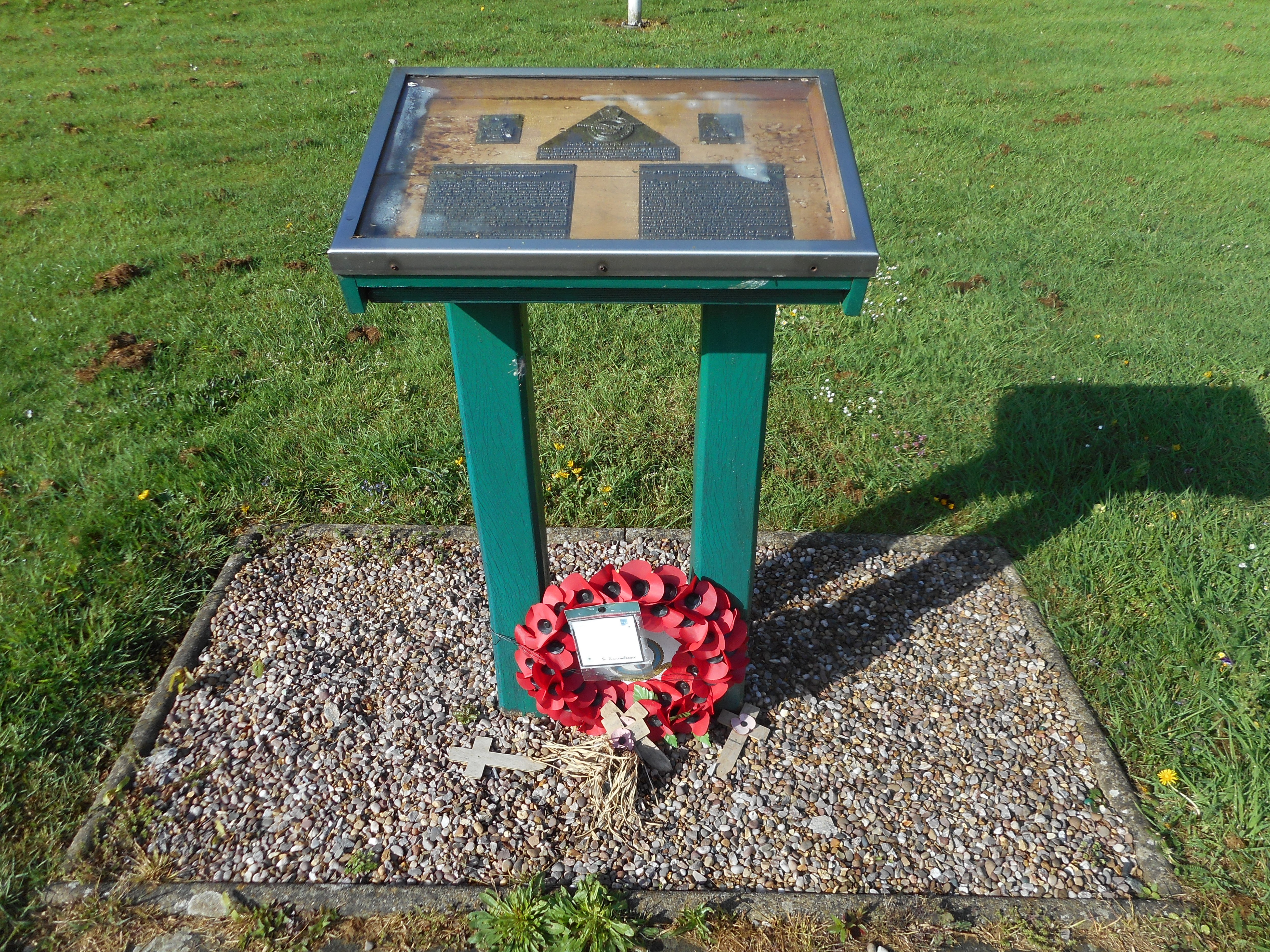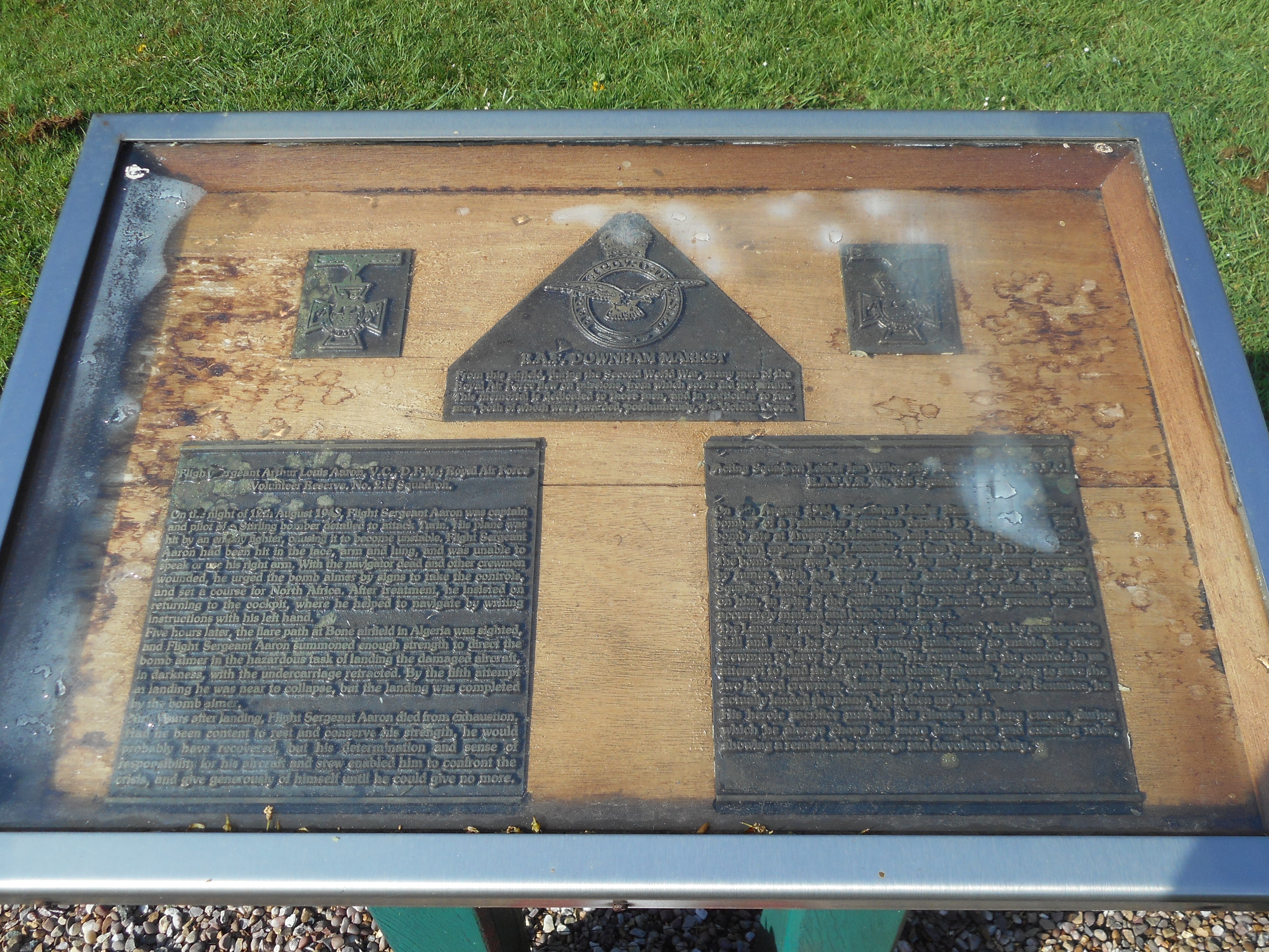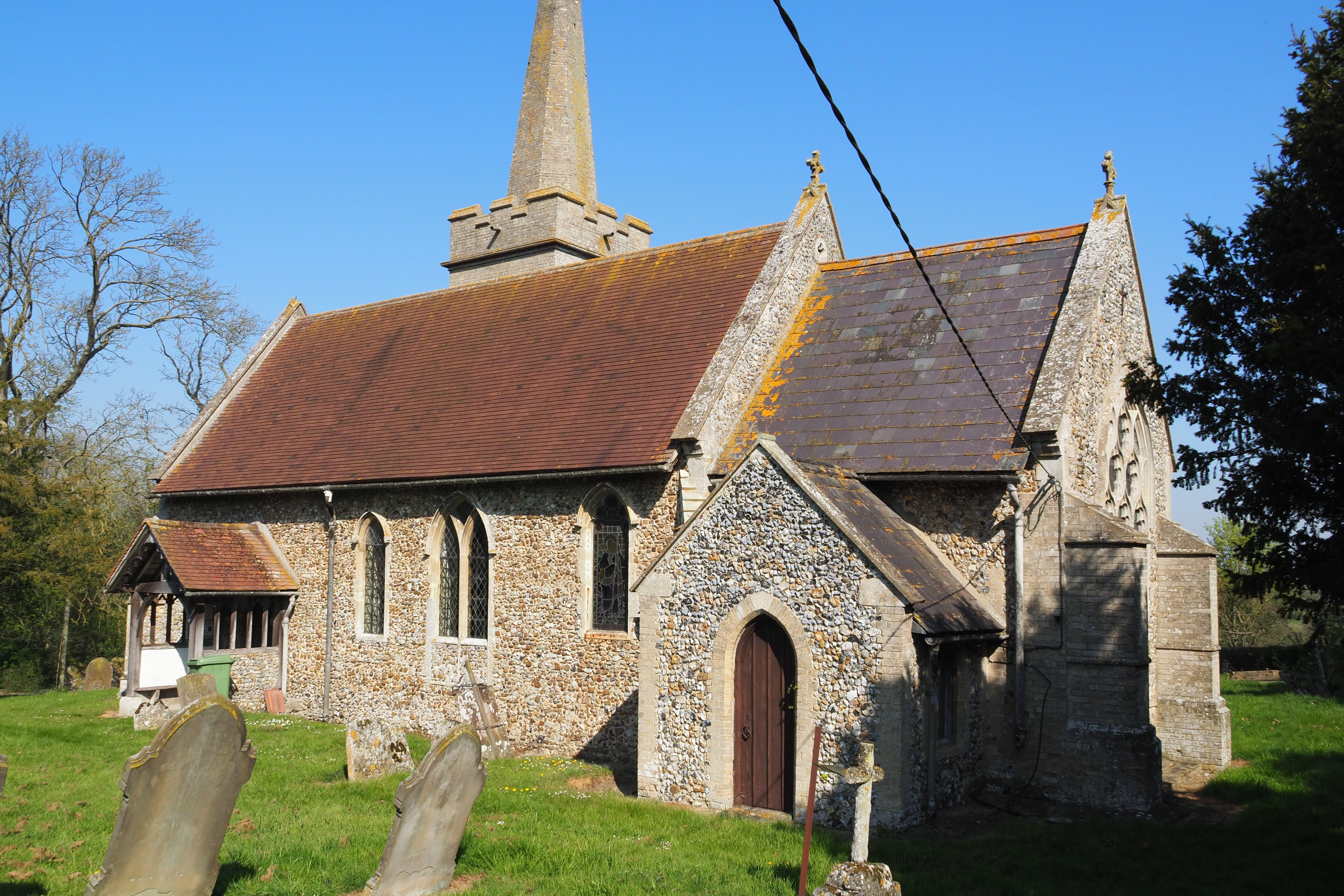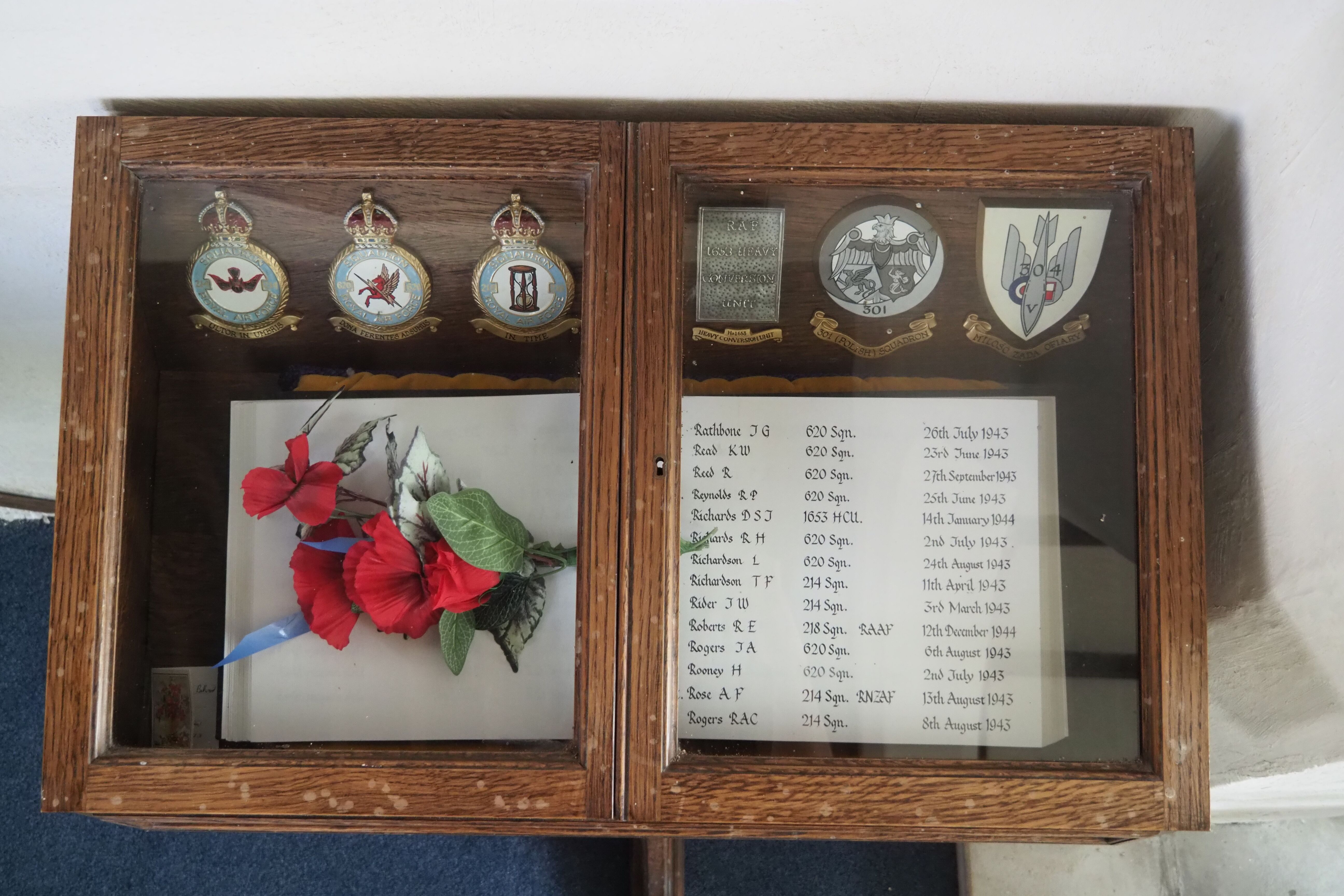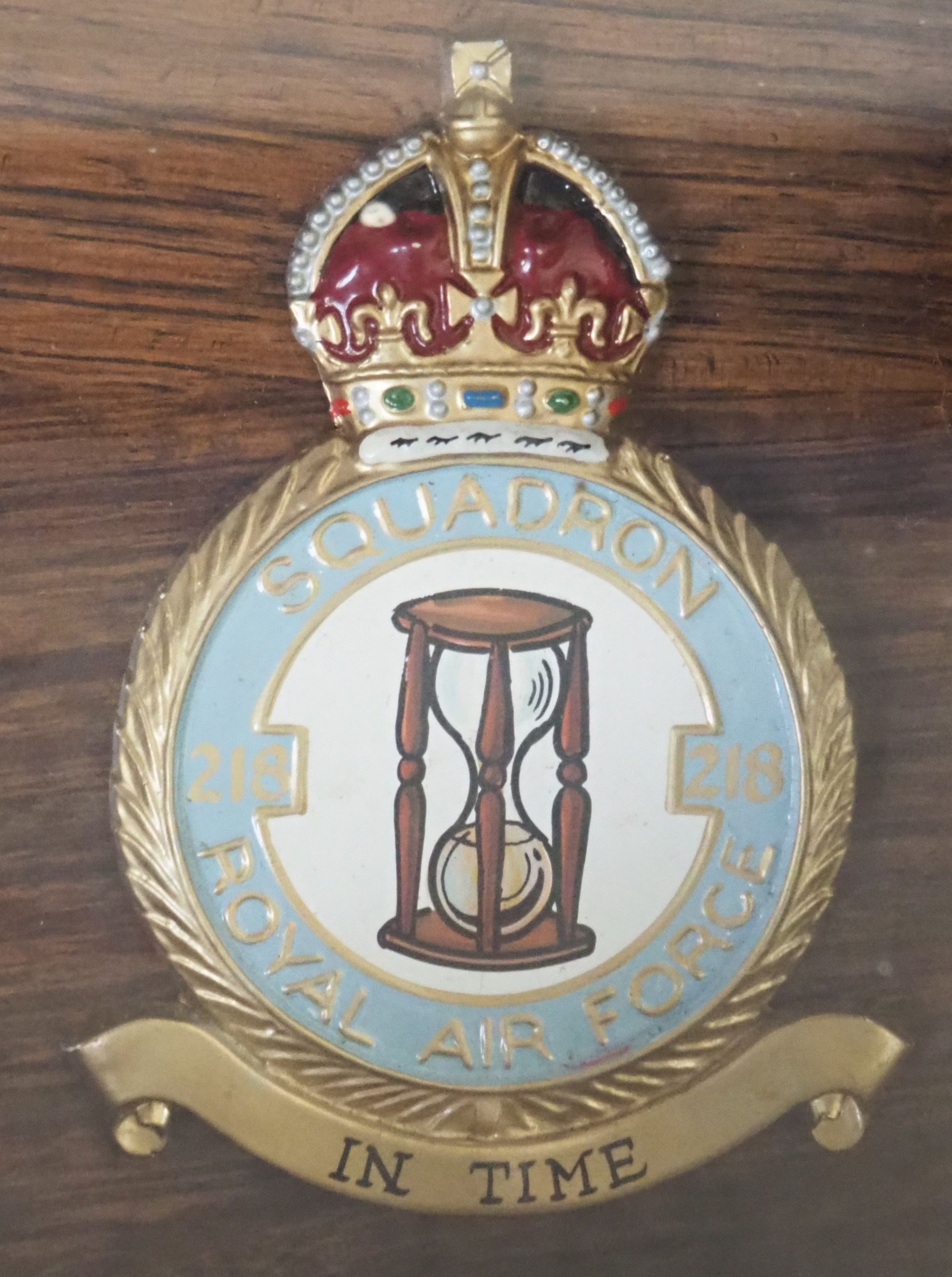Burnside, Henry Charles
Personal Information
| Rank | Sgt |
| Forename(s) | Henry Charles |
| Surname | Burnside |
| Gender | M |
| Age | 22 |
| Decorations | |
| Date of Death | 08-11-1944 |
| Next of Kin | Son of Robert and W. Burnside, of Catford, London. |
Aircraft Information
| Aircraft | Avro Lancaster I |
| Serial Number | PD374 |
| Markings | HA-C C-Charlie |
Memorial Information
| Burial/Memorial Country | United Kingdom |
| Burial/Memorial Place | Runnymede Memorial |
| Grave Reference | Panel 226. |
| Epitaph |
IBCC Memorial Information
| Phase | 2 |
| Panel Number | 139 |
Enlistment Information
| Service Number | 1617065 |
| Service | Royal Air Force Volunteer Reserve |
| Group | 3 |
| Squadron | 218 (Gold Coast) |
| Trade | Wireless Operator |
| Country of Origin | United Kingdom |
Other Memorials
| Location | St. Mary's Church, Bexwell, Norfolk |
| Country | United Kingdom |
| Memorial Type | Inscribed Stone Tablet |
| Memorial Text | In memory of the squadrons based at R.A.F. Downham Market and those who have their lives during the 1939 - 1945 war |
| Location | All Saints Church, Chedburgh, Suffolk |
| Country | United Kingdom |
| Memorial Type | RoH and Sqn Crest |
| Memorial Text | Roll of Honour and scroll remembering the members of the Royal and Polish Air Forces who served at RAF Chedburgh 1942 - 1946 |
Commonwealth War Graves Commission
The National Archives
| Record of Events (Operational Record Book) AIR 27/1352/20 |
| Summary of Events (Operational Record Book) AIR 27/1352/19 |
Fellow Servicemen
Last Operation Information
| Start Date | 08-11-1944 |
| End Date | 08-11-1944 |
| Takeoff Station | Methwold |
| Day/Night Raid | Day |
| Operation | Homberg- to attack the Meerbeck oil plant. 136 Lancasters, all from 3 Group. 1 aircraft lost. The raid opened well but smoke quickly obscured the target and bombing then became quite scattered. |
| Reason for Loss | Damaged by flak over Homberg and crashed in a field near Horstgen. Three of the crew were found dead inside the wreckage. Four others were seen to land by parachute and three of these were captured by Police and became PoWs. One crew member, P/O Tales, was captured by civilians and beaten up before before being handed over to a Policeman and two SS Soldiers who took him away on a motorcycle. A short time later two shots were heard by a local farmer named Johannes Quernhorst, who ran to the scene to find P/O Tales mortally wounded in the road. A doctor was called but Tales died before the doctor arrived. All four bodies were buried in the cemetery at Dachsberg without a christian burial or military honours. Their bodies were exhumed in the Autumn of 1945 by either Canadian or American forces and their whereabouts could not later be located. As a result their names are recorded on the Runnymeade Memorial. |
